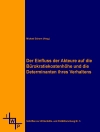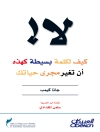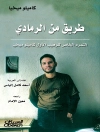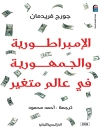From cultural export to global network: Germany’s cultural institute
How have the challenges, role, and vision of one of Europe’s most important cultural institutes changed over the past decades? Carola Lentz and Marie-Christin Gabriel offer a concise history of the Goethe-Institut from its beginnings in Cold-War West Germany to its mission in today’s multipolar world. Historical documents combined with interviews with former and current staff members provide lively impressions of the institute’s work in 98 countries.
From cultural export to global network: this phrase aptly summarises the over seventy-year story of the Goethe-Institut, which is closely interwoven with Germany’s post-war history and with global transformations. In the beginning, the institute’s work was focused on promoting the German language abroad and exporting ‚German culture‘. But the understanding of culture soon became more diverse. The Goethe-Institut developed into the largest intermediary organisation in German foreign cultural and educational policy, and in the process eventually redefined its role. Today, the Goethe-Institut, with a total of 151 institutes in 98 countries, operates primarily as a global network of local and regional cultural initiatives. An up-to-date afterword reflects how the institute is responding to the recent multiple crises such as the Corona epidemic, the wars in Ukraine and the Middle East, and the increasing number of illiberal regimes.
Über den Autor
Marie-Christin Gabriel is a social anthropologist and until 2024 worked at the Information Department at the Goethe-Institut head office in Munich.












